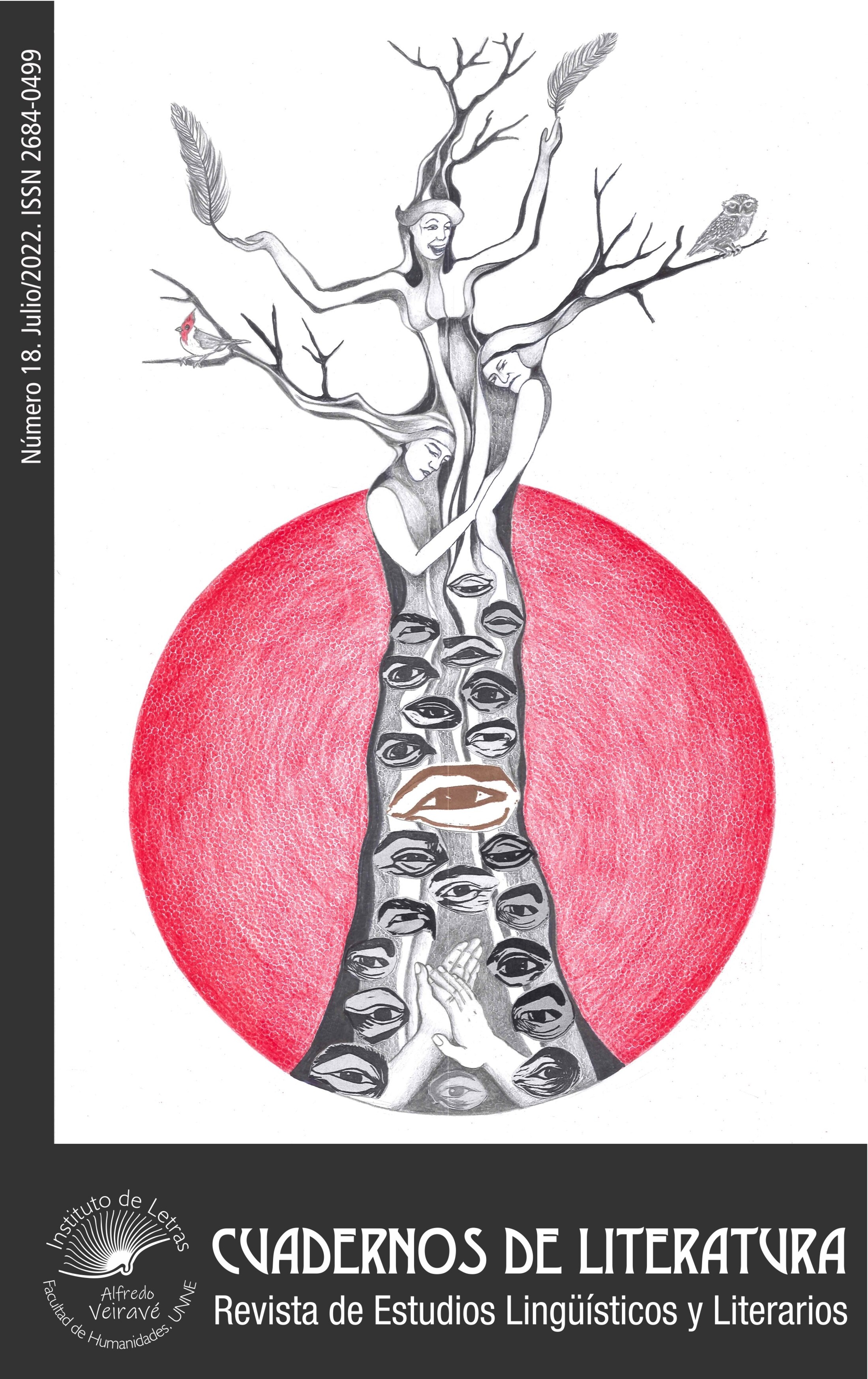Hidden “dualities” in the theatrical performance as a hypothesis of guarantee of an aesthetic expectatorial belief
DOI:
https://doi.org/10.30972/clt.0185998Keywords:
conditions of acting, theatrical presence, aesthetic belief, body-mind unity, theatrical seductionAbstract
In the Western history of acting technique, it is possible to trace founding and constant concerns in spite of the different cultural subjects and the ethics and poetics of theater. Although the Stanislavskian tradition seemed to inaugurate the systematic speculation about the conditions of acting –as psychophysical conditions suitable for achieving an aesthetic belief in the audience– there are data records, in a variety of forms, that prove an itinerary of reflections on the acting technique, based on a clear isotopy, from which emerges a theatrical purpose and a hypothesis about the achievement of it. That purpose consists in providing the doer with the tools to be believed, to create verisimilitude in his fictional behavior, whereas the hypothesis about how to achieve a seductive theatrical presence is based on the coincidence (whether concrete or aimed at producing an effect) between an “internal” instance and the external somatic theatrical manifestation of that “experience” of the actor-character.Downloads
Published
2022-07-26
How to Cite
Pricco, A. R. (2022). Hidden “dualities” in the theatrical performance as a hypothesis of guarantee of an aesthetic expectatorial belief. Cuadernos De Literatura, (18), 144–159. https://doi.org/10.30972/clt.0185998
Issue
Section
Artículos









52.jpg)









